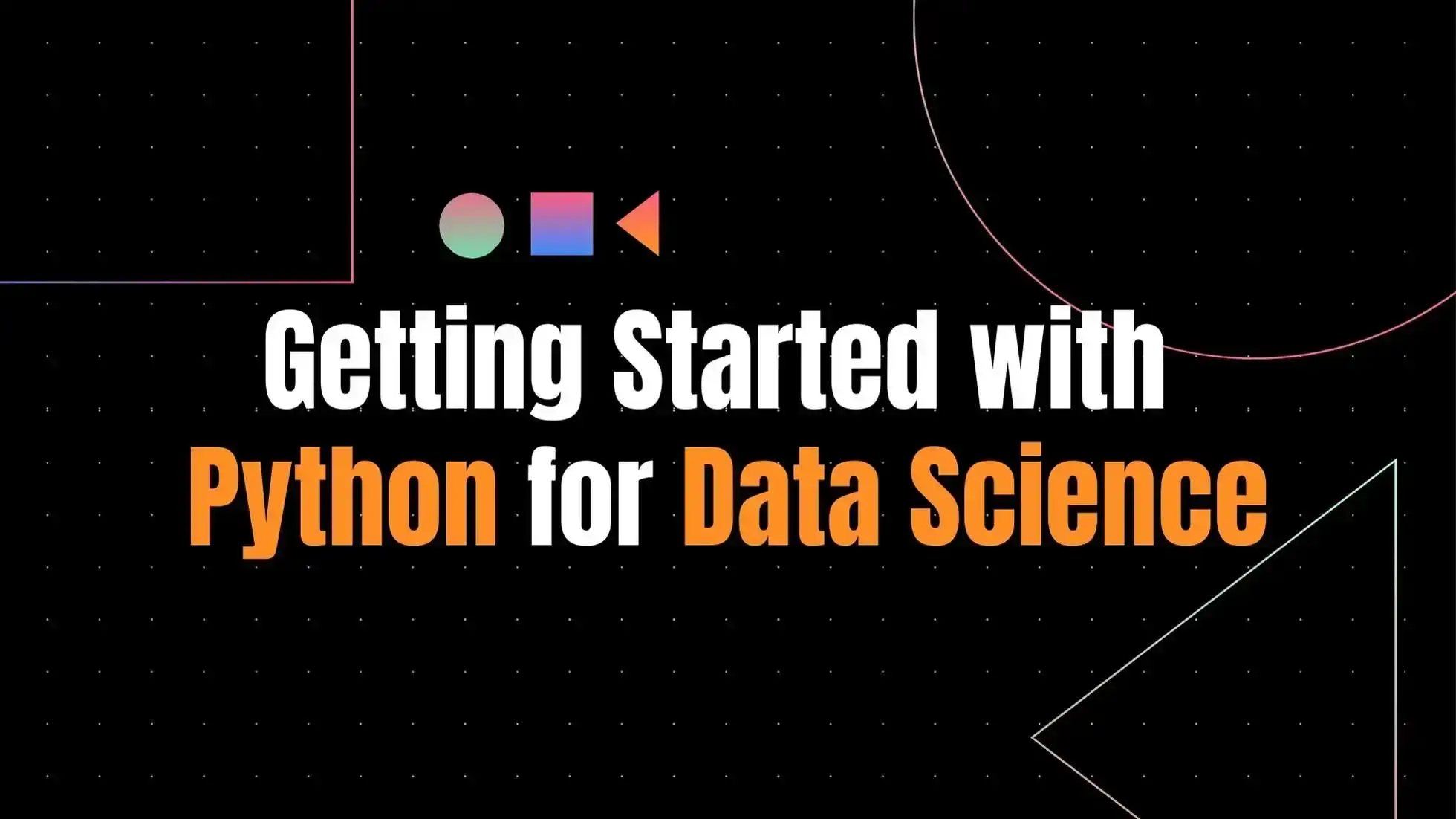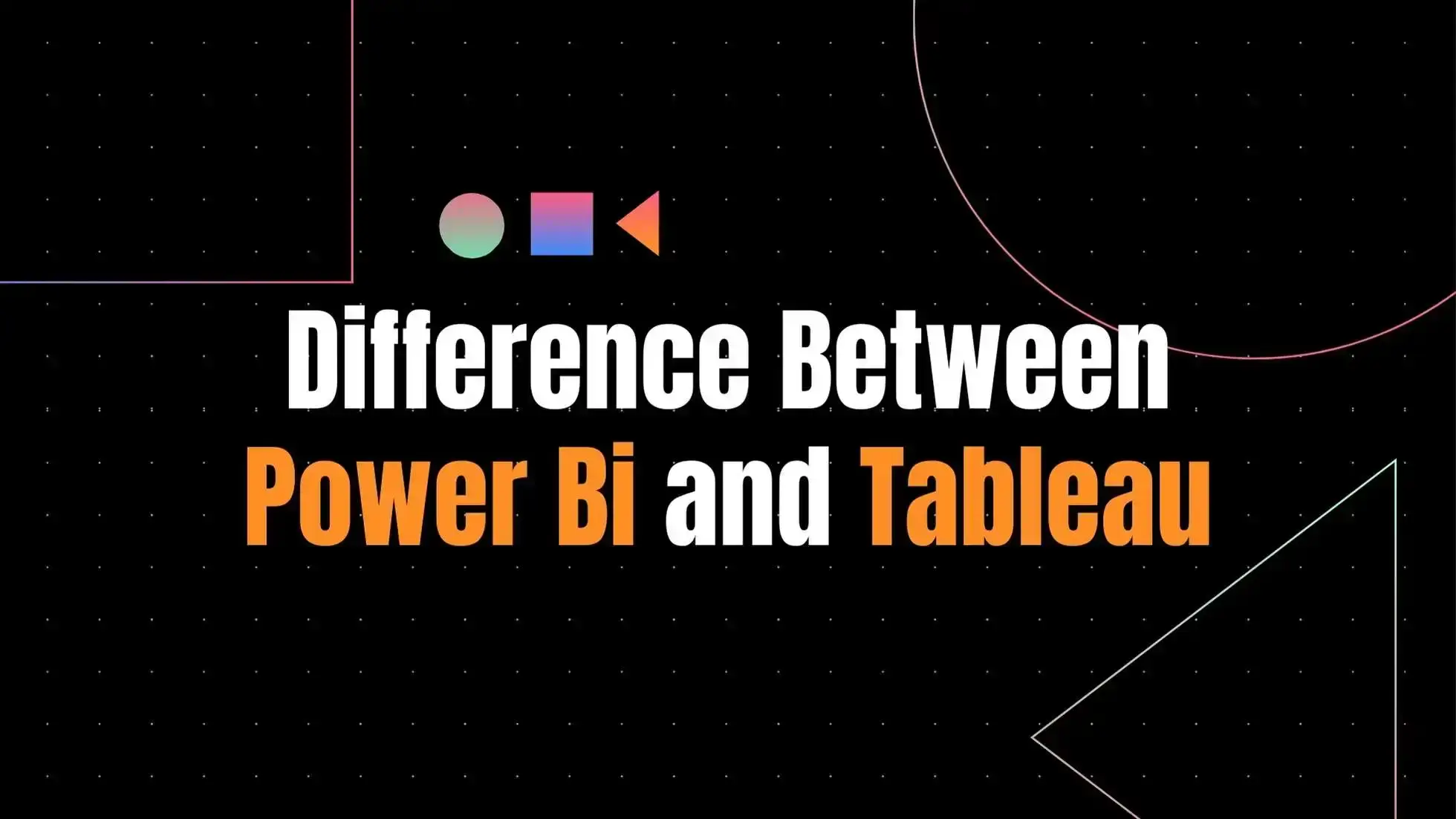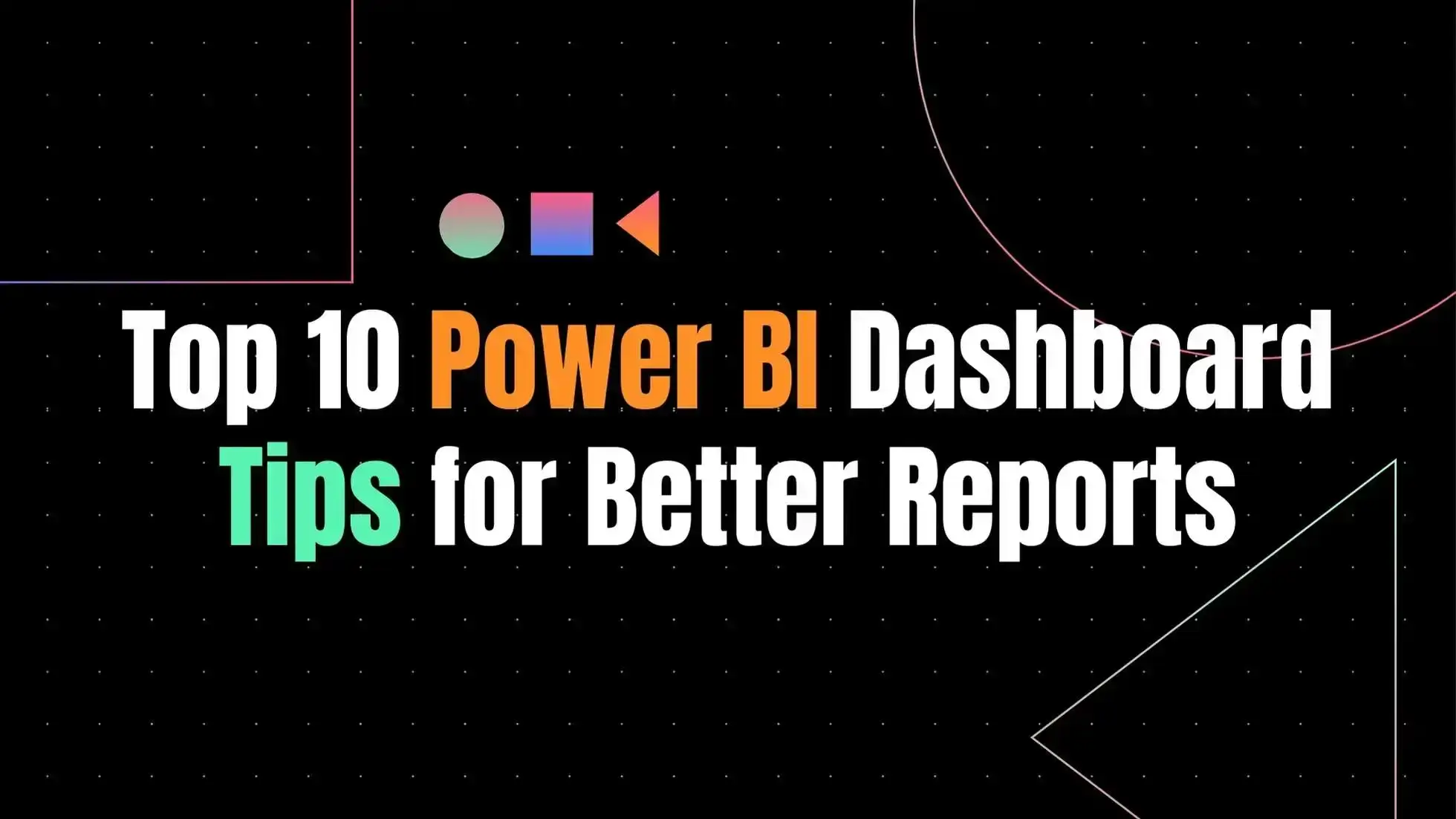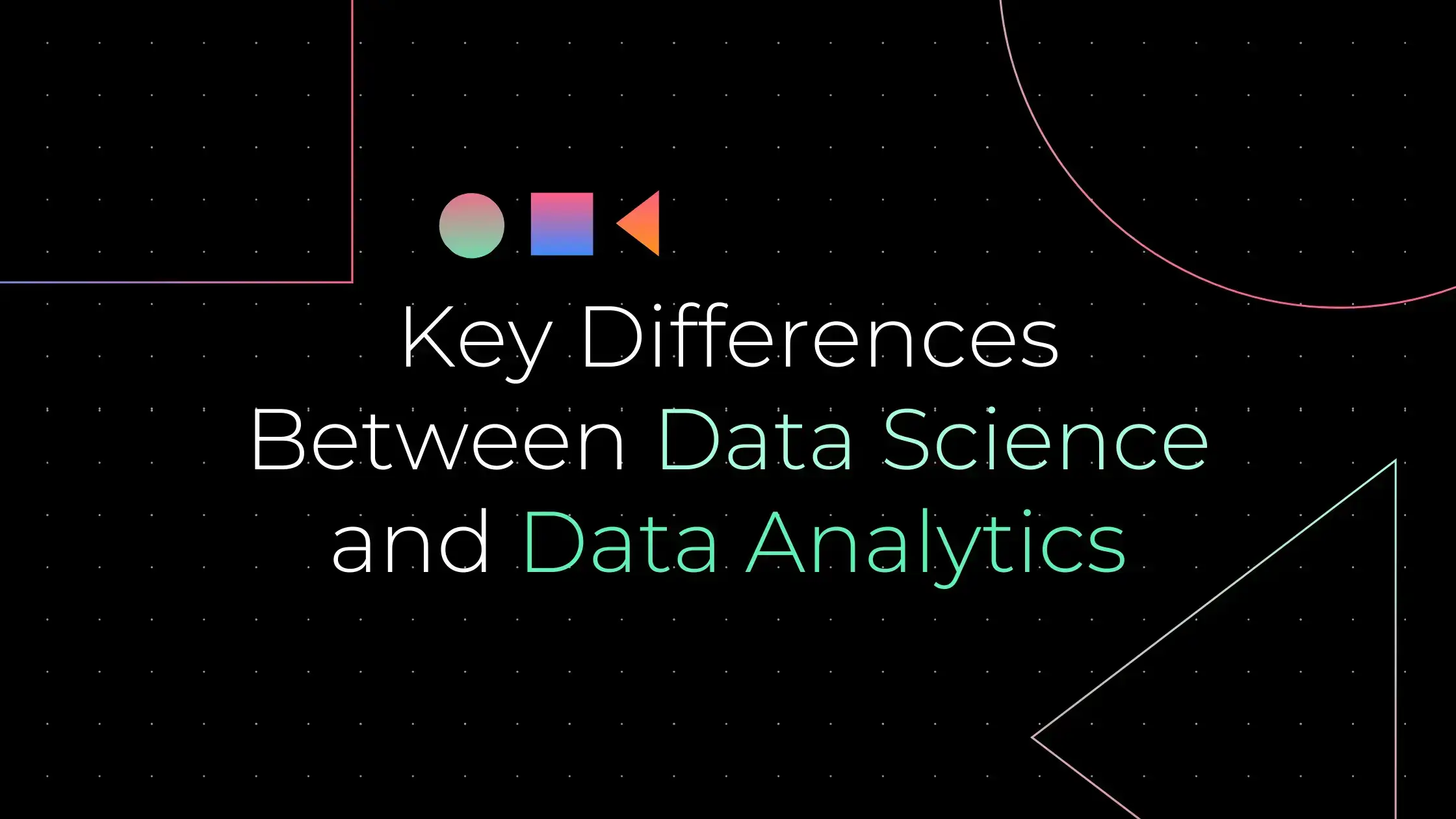In the world of data science sql for beginners, SQL is the king of languages.SQL is a powerful query language that lets you manipulate and analyze data in a variety of ways. With SQL, you can easily find out what’s in your data set, make calculations, and get insights that would be difficult or impossible to extract using other methods.
In this article, we’ll take a look at the basics of SQL syntax and how to use it to get the most out of your data.
What Is SQL?
SQL is a domain-specific language used in programming and designed for managing data held in a relational database management system, or for stream processing in a relational data stream management system.
SQL is widely used by many different database vendors, including MySQL, Oracle, Microsoft SQL Server, PostgreSQL, and SQLite.
In addition to being a standard database query language, it is also used in data mining, decision support, and creating artificial intelligence applications.
So what does SQL stand for? The “S” stands for “structured,” the “Q” stands for “query,” and the “L” stands for “language.”
Is SQL a coding languages?
You might be wondering, is SQL a coding language? The answer is a little bit complicated.
SQL is what’s known as a declarative programming language, which means that it’s designed to describe what data should be, rather than how to get there. In contrast, coding languages like Python are known as imperative programming languages, which means that they focus on how to get the desired result.
So if you’re wondering whether SQL is a coding language, the answer is both yes and no. It really depends on your definition of “coding language.”
Is SQL a Python language?

No, SQL is not a Python language. SQL is a query language, which is used to communicate with databases. Python is a programming language.
What are the 5 basic SQL commands?
Just like any language, SQL has a set of commands that you can use to manipulate data. These commands are typically divided into four categories: data retrieval, data manipulation, data definition, and data control.
The five basic SQL commands are:
SELECT: Used to retrieve data from a database
INSERT: Used to insert new data into a database
UPDATE: Used to update existing data in a database
DELETE: Used to delete data from a database
CREATE: Used to create new databases and tables
Which is harder SQL or Python?
That’s a tough question. They’re both pretty tough languages to learn, but I think Python might be a bit harder because it’s not as specialized as SQL.
With SQL, you’re mostly dealing with retrieving data from databases, so the syntax is pretty straightforward. With Python, you can do that too, but you can also do things like web development, data analysis, artificial intelligence, and more.
So I guess it depends on what you want to use the language for. If you just want to learn SQL to work with databases, then it might not be as hard as Python. But if you want to learn Python to do things like data science or web development, then it might be a bit tougher.
Conclusion
SQL is the standard language for dealing with databases, and it’s an essential tool for anyone working in data science. If you’re not already familiar with SQL, now is the time to learn. It’s not as difficult as it might seem, and you’ll be glad you have the skills when you need them.







